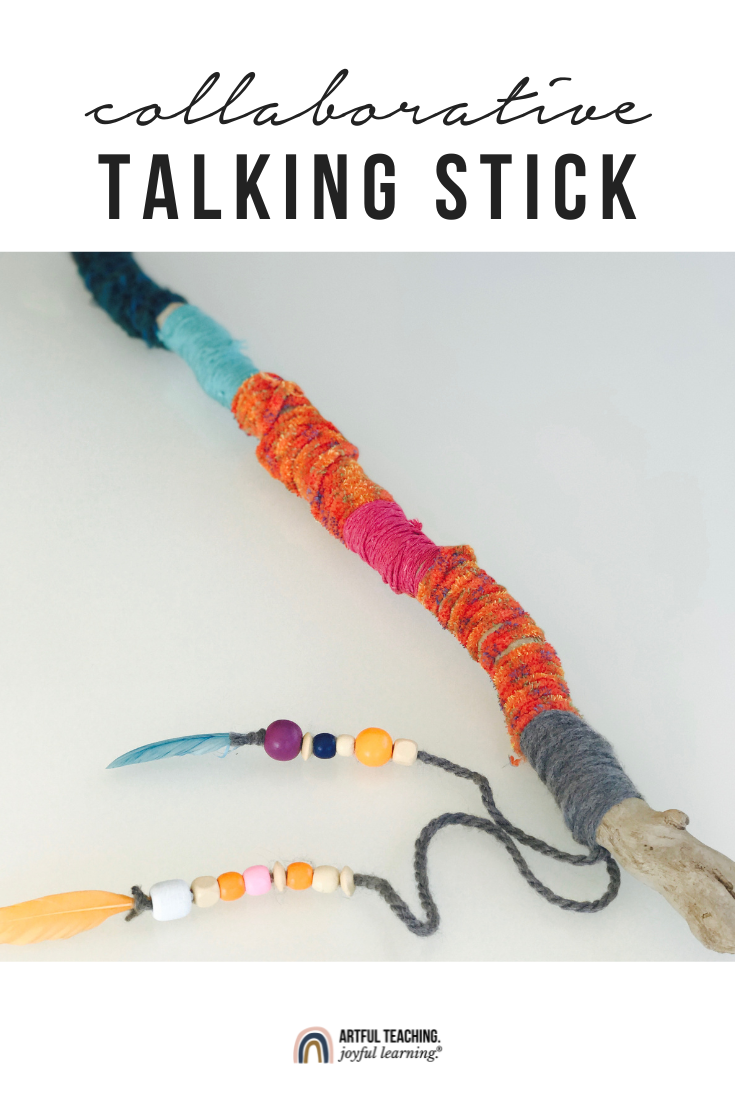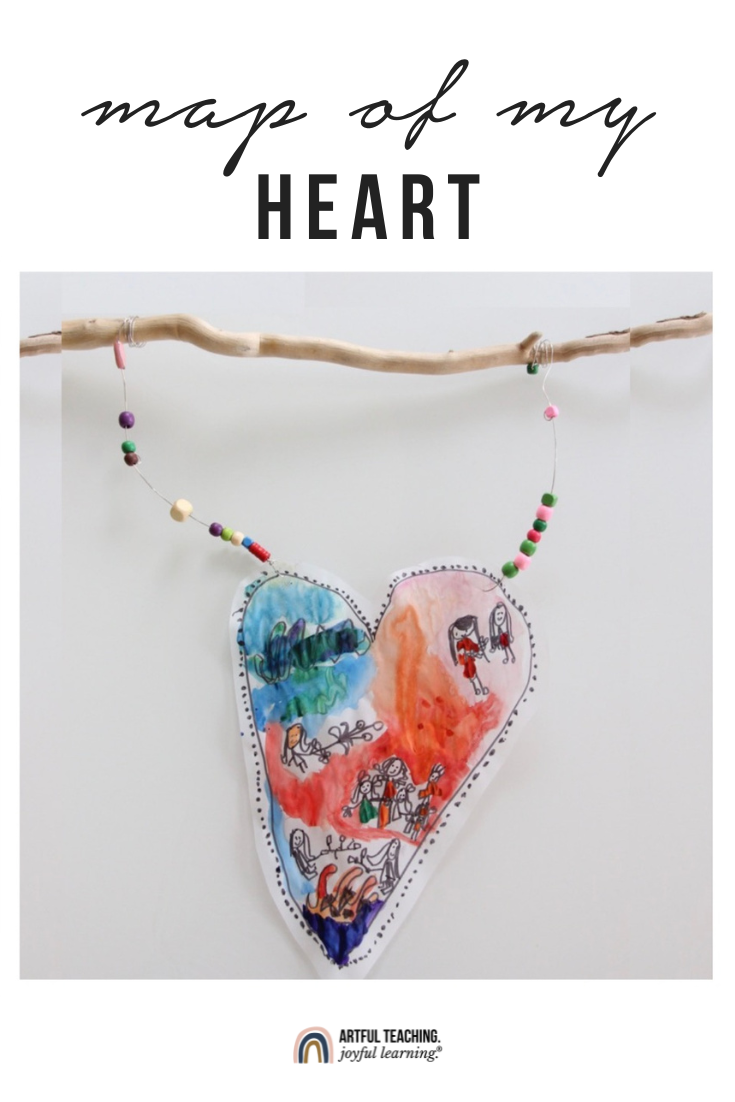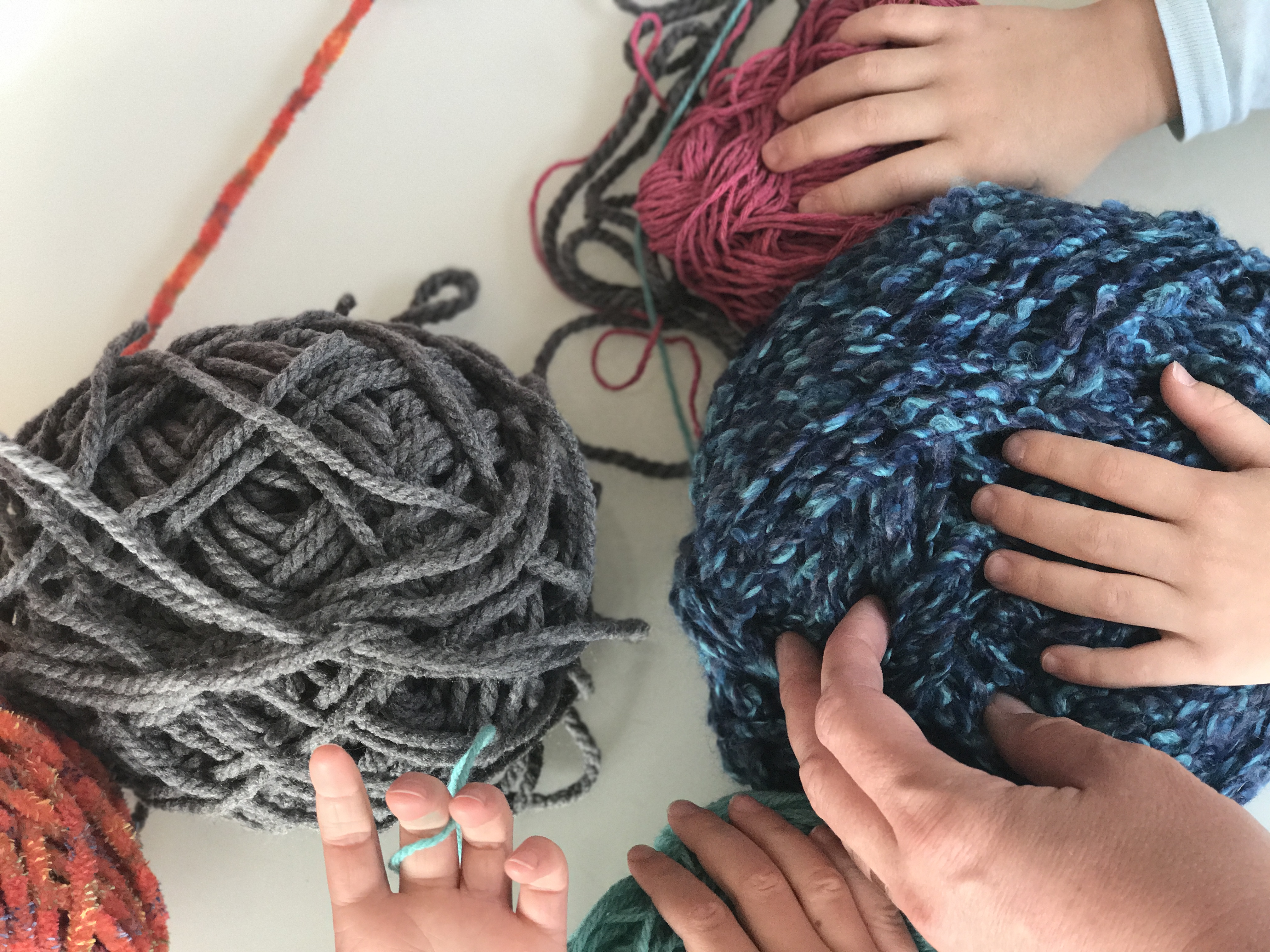5 Creative Projects with Driftwood

Driftwood has to be one of my favourite art materials. It’s free, beautifully organic, and involves getting out into nature to collect it.
Every spring, I take the girls on a driftwood hunt on the banks of Winnipeg’s Red River. On these nature walks, we usually end up discovering much more than driftwood, which always leads to other investigations and learning.
In my work with children and families in classrooms and child care centres, I have used driftwood on several occasions. Here are a few examples.
Planted Texture Trees

The child care centre I was working with was looking to have more colour in their space, but were limited with what they could hang or affix to the walls. Thinking outside the box, we decided to bring colour and visual interest in a unique way.
We also use our texture tree as a puppet-tree - storage for our puppets! I use puppets for storytelling, to engage children in my InspirEd at Home classes, and, when the girls were younger, as a prop for problem-solving.
We chose to create a collaborative “forest” - children used driftwood branches to work together to add layers of texture, fabric, wire, beads, feathers and other embellishments. We layered the branches, and each child worked upon the last child’s contribution. Finally, we “planted” the textured driftwood branches into cylinder planters (filled with sand to weigh them down and to keep from tipping).
Textured Wall Hanging
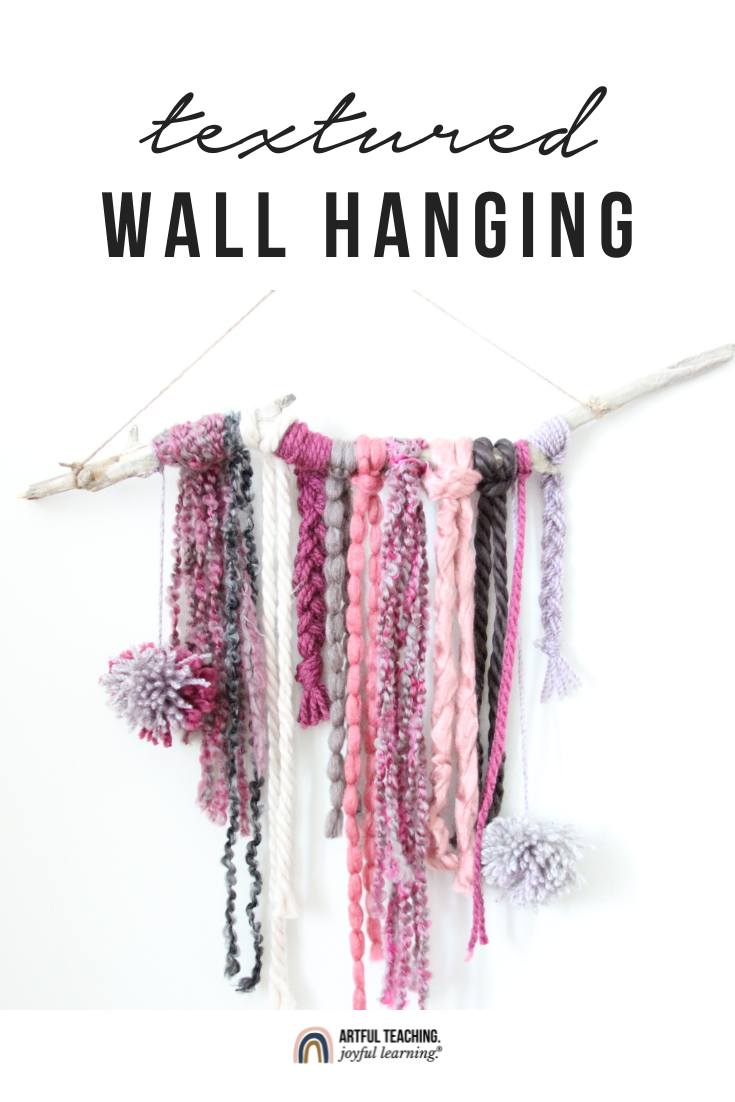
Many learning outcomes can be “woven’ into the creation of these wall hangings.
For example, I’ve taught a lesson incorporating the Seven Sacred Teachings (each coloured strand represents a Sacred Teaching: Love, Respect, Courage, Honesty, Wisdom, Humility, and Truth); or children can identify their strengths or passions and have them visually represented through colour.
Family Portrait Mobile
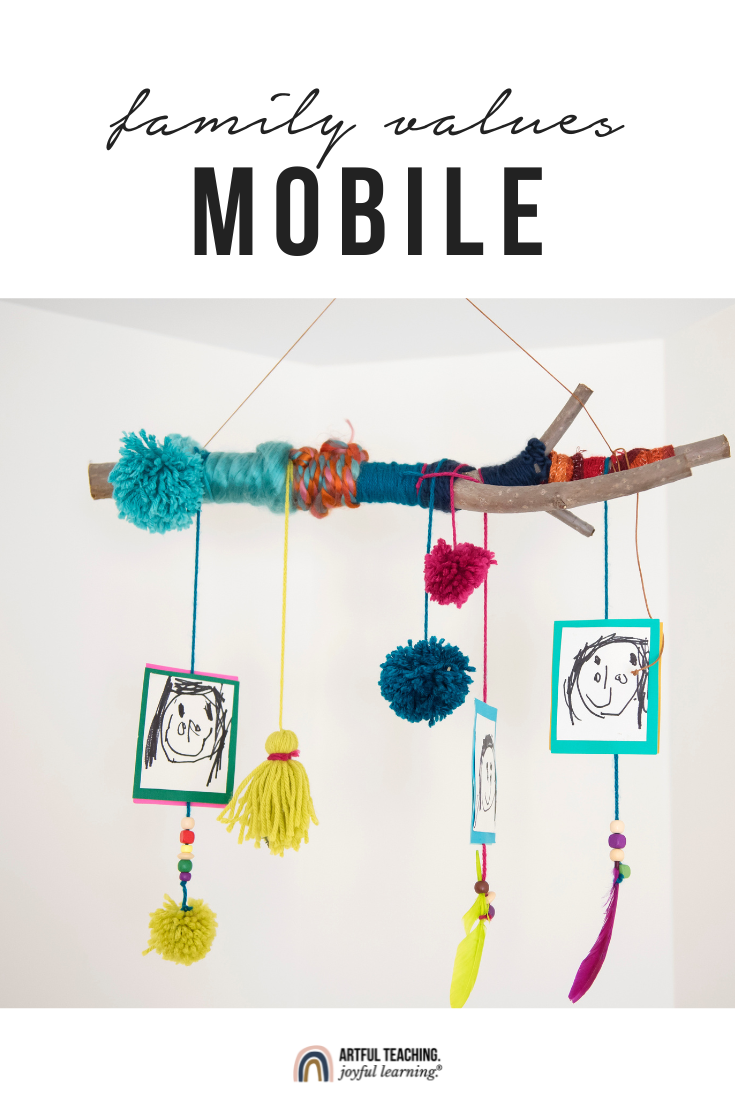
Using Todd Parr’s book: Families are Different, talk about how families can be different, and highlight the many similarities about how all families show love. Children took turns drawing members of their family with a Sharpie, and mounted on colourful cardstock. These portraits were then strung on yarn, and hung from driftwood at various levels. Tassels, pom-poms, feathers and beads were added with the help of family members.
Collaborative Talking Stick
One of my favourite ways to use driftwood is through this collaborative project, the collaborative talking stick. It could easily be adapted for a classroom, family or childcare programme, and the idea is that everyone has visual representation (through yarn or other embellishments) on the talking stick.
A sharing circle is considered traditional practice in some Indigenous communities, and is designed to ensure everyone as an equal opportunity to share their opinions and ideas. We use our sharing circle as a way to share what is on our minds, to solve problems, and as a means to come to decisions.
